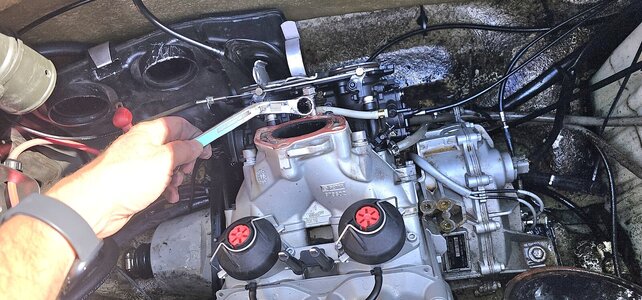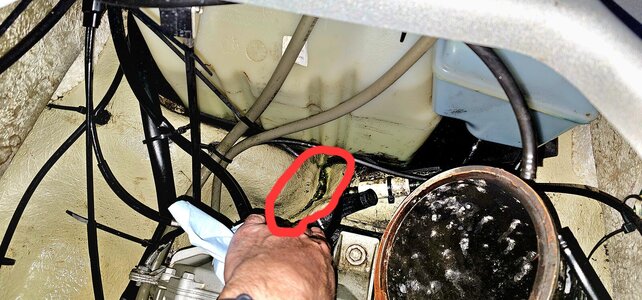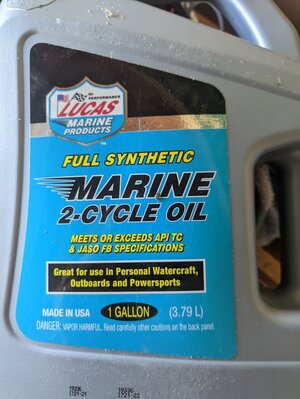I just purchased a 2000 Rx951 carb'd
After reading the repair manual, I don't fully understand how the fuel is 'pumped' to the carbs.
The manual mentions accelerator pumps but no dedicated dedicated fuel pump unless you have the injections system (Di). Do the accelerator pumps on the carbs act as a syphon? If so, do the fuel lines need to be primed?
I also have an issue with my fuel gauge only showing a single bar but the tank is at least 75% full. I took a voltage reading going to the fuel sensor of ~5v.
After reading the repair manual, I don't fully understand how the fuel is 'pumped' to the carbs.
The manual mentions accelerator pumps but no dedicated dedicated fuel pump unless you have the injections system (Di). Do the accelerator pumps on the carbs act as a syphon? If so, do the fuel lines need to be primed?
I also have an issue with my fuel gauge only showing a single bar but the tank is at least 75% full. I took a voltage reading going to the fuel sensor of ~5v.










